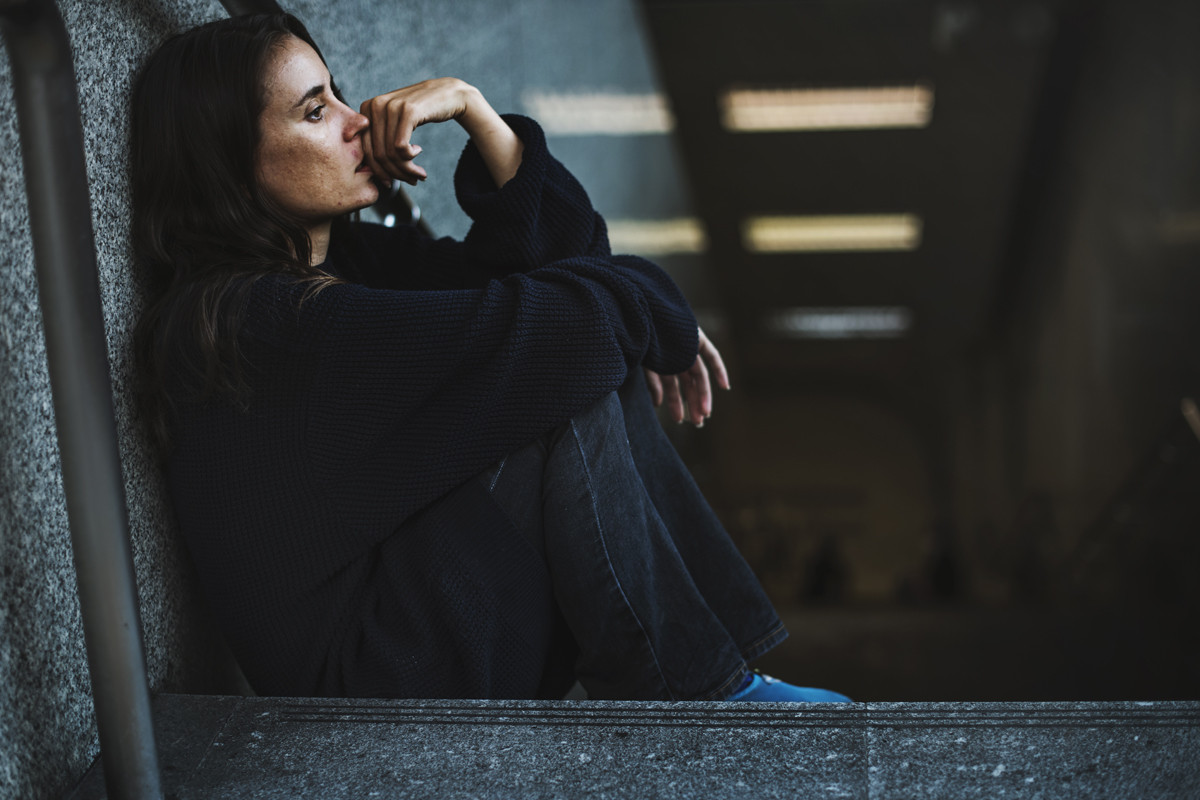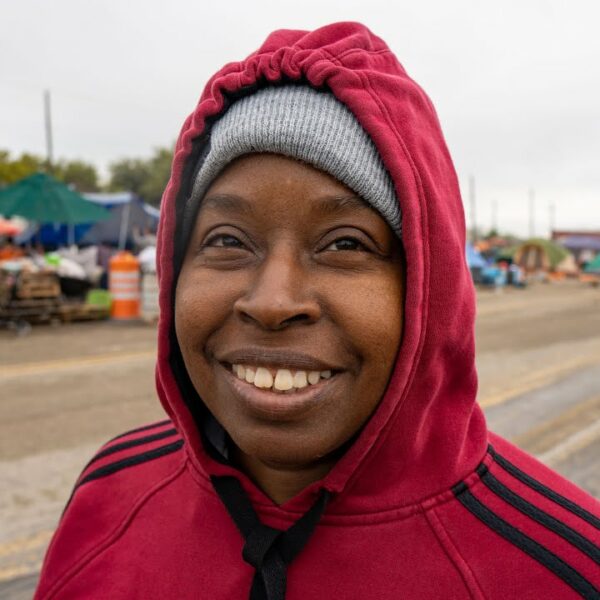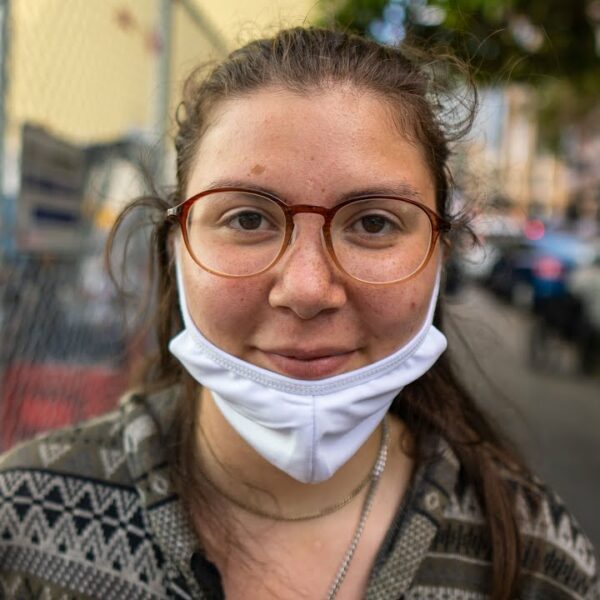The spread of COVID-19 has exposed cracks in various public systems globally, including health care, finance, and housing.
Before the virus, homelessness was a crisis alone. But now, with millions of Americans with lost jobs, the fear is that homelessness across the country could worsen.
However, perhaps COVID-19 could instead offer a historic opportunity to end homelessness once and for all. Many officials have acted quickly to protect vulnerable homeless people across the United States, moving them into safe and private hotel rooms and other accommodations to isolate.
The need to help people who were homeless to prevent them from contracting COVID-19 has led to a critical response to getting people off the street. This urgency has also helped people into much better-quality accommodation as opposed to homeless shelters. As a result, this quick response means that homeless people haven’t been transmitting COVID-19 as much as experts had predicted.
Could it be that instead of amplifying homelessness in the United States, COVID-19 could help design it out of existence?
Homelessness and COVID-19
Before the spread of COVID-19, systems were unable to help everyone experiencing homelessness. While more people have been given permanent housing in recent years, more than 200,000 remain homeless. In 2019, only one in two homeless people were even given access to an emergency shelter bed.
But when COVID-19 spread, the looming health consequences became cataclysmic. With side-by-side dormitory-style beds in overcrowded homeless shelters, outbreaks of COVID-19 were likely.
On the streets, practicing proper hygiene is almost impossible. After all, many homeless people don’t have consistent access to hand sanitizers, water, and soap to prevent the spread of COVID-19.
The current economic crisis makes it even more difficult to escape homelessness through employment. Without any significant changes made, homeless communities’ expected growths add further pressure on services designed to help homeless people. These services include employment assistance and help for drug and alcohol issues. And if unemployment rates increase, so do cases of homelessness.
With officials unprepared for the dramatic spread of COVID-19, the virus has revealed the breakdowns that the existence of homelessness has been warning us about.
Now that we’re facing a country-wide project of building and developing a new public health infrastructure and improving institutions and governance models to handle the crisis, eliminating homelessness for good may be possible with the right schemes and services.
But without the right help and guidance from the government, there’s a significant risk of an increase in homelessness resulting from the economic crisis introduced by COVID-19. Currently, economists predict a greater than 40 percent increase in homelessness when eviction freezes end.
The Silver Lining
The silver lining for homeless people throughout the COVID-19 crisis is that many cities and municipalities have quickly moved homeless people from the streets or busy shelters into quarantine and isolation units. These units have included hotels and motels that would otherwise be empty due to a lack of tourism.
We’ve all seen how rapidly officials can house people when there’s urgency and a clear objective. Perhaps now the government will seize the opportunity to help homeless people move from temporary housing into permanent and stable homes.
Why Haven’t We Found a Solution Yet?
The United States’ approach to homelessness has always been heavy on programs and strategies. However, the tactic has also been light on systems that solve the whole issue.
While there are some decent strategies available, they tend to treat the symptoms of homelessness. Or, they aren’t exhaustive enough to fix homelessness in a community.
The communities that are managing to reduce and end homelessness are working as a whole, with many organizations contributing to change. This is when different organizations in a community are all working around the same table with a single goal to reach. The goal is to achieve “functional zero,” which means any cases of homelessness are rare, rapidly identified, and quickly resolved.
Such communities know anyone experiencing homelessness by name. They use their experience and data to determine what’s working and test ideas to stamp out homelessness cases. Housing and other resources are based on such data.
In a post-COVID-19 world, preventing new homelessness requires similar levels and methods of communication, experimentation, data and urgency. That’s even with the benefits of federal assistance available for renters and property owners.
What Can We Expect for the Future?
The scale of the homelessness and COVID-19 crisis requires a federal response.
There is a big request included for temporary and permanent rental help for different groups currently being debated.
According to the National Alliance to End Homelessness, Housing First approaches are a focus. Housing First allows people to move straight into an apartment. They are then given additional support for problems such as substance abuse to make sure they can cope.
Housing First has a better success rate than when people spend months or years in the shelter system, painstakingly progressing to a flat that they can rarely reach. The Housing First strategy fits with the post-coronavirus view that people can’t be expected to return to the old shelter system where they have to live closely with lots of other people.
While the National Alliance to End Homelessness is setting out what will happen next, lots of dollars will be necessary to move forward for some support programs.
Through smart legislation and investment, taking action to prevent further homelessness developing during the economic fallout is a rare chance to dodge what could be a complete disaster.
In many ways, COVID-19 has given our community a new and shared language of vulnerability and spirit. Issues of public health are becoming a crucial part of this new connection between us and how we think about keeping ourselves safe.
The effects of homelessness show up significantly in health systems. Right now, it’s essential to engage communities and local governments for a systematic response to homelessness.
Preventing new homelessness means helping people remain in their homes rather than moving to the streets or a homeless shelter. Most Western countries are offering some rental assistance during COVID-19. This financial help should be available to all who need it.
But how long can tenants expect this type of support to continue?
For the first time, the interests of landlords and tenants align. Both parties need each other. After all, right now, there are fewer replacement residents with a stable income to spend on rent.
A solution for ending homelessness for good can take different forms, but there are two essential considerations. First, it must be a broad and inclusive response that provides sufficient resources to prevent new homelessness. Second, homeless people that are currently living in temporary housing must move to permanent housing.
The COVID-19 crisis has not only shaken up the homelessness system and services but has also shaken up the homeless people themselves. Before the pandemic, many homeless people wanted to make some changes to their lives but weren’t prepared to do so. It’s not just the governments and city officials that have been pushed into making decisions to reduce homelessness.
Thanks to the shift in public and government mindset, now, more than ever before, it seems there’s a chance that we can say goodbye to homelessness issues for good. But will we get that far? Only time will tell.













